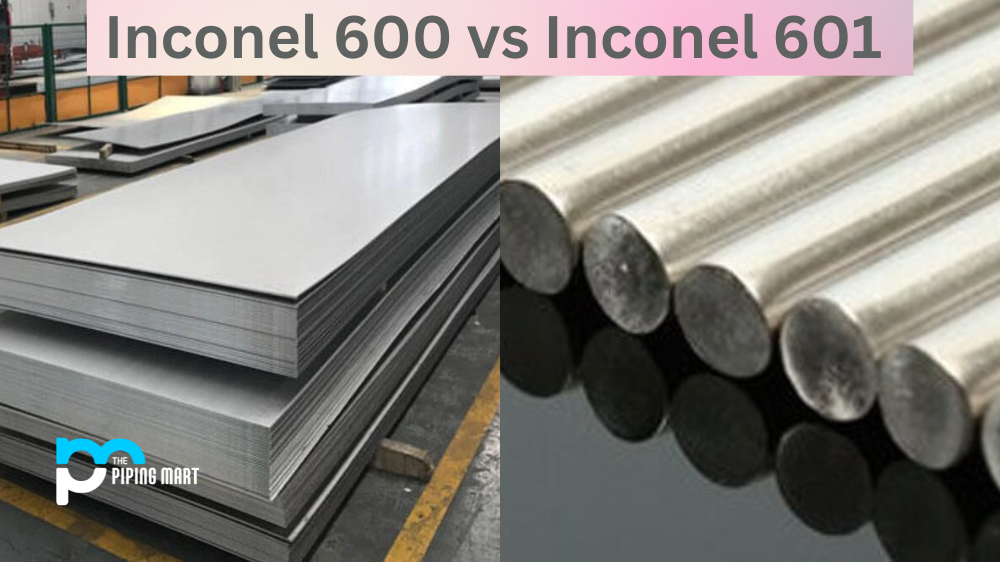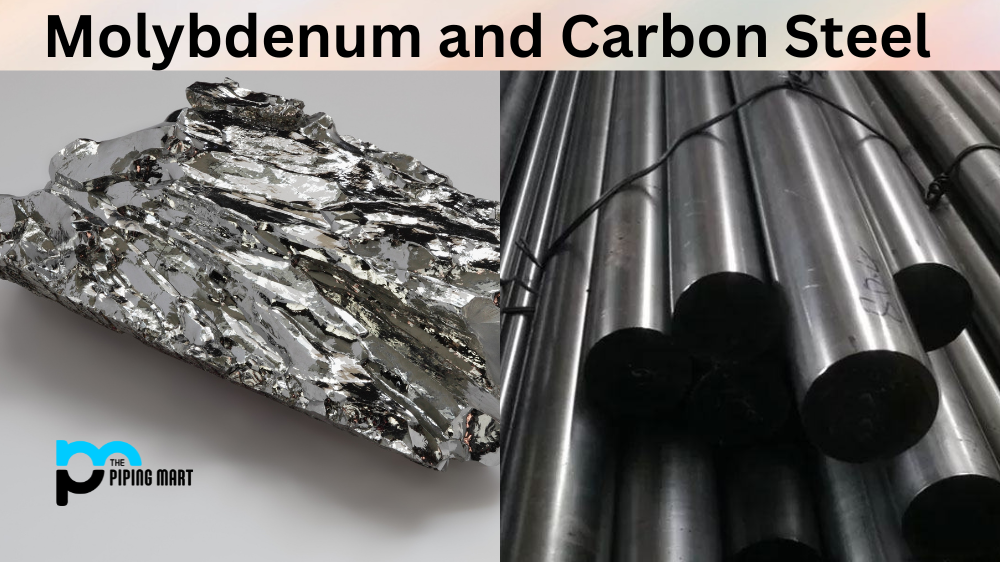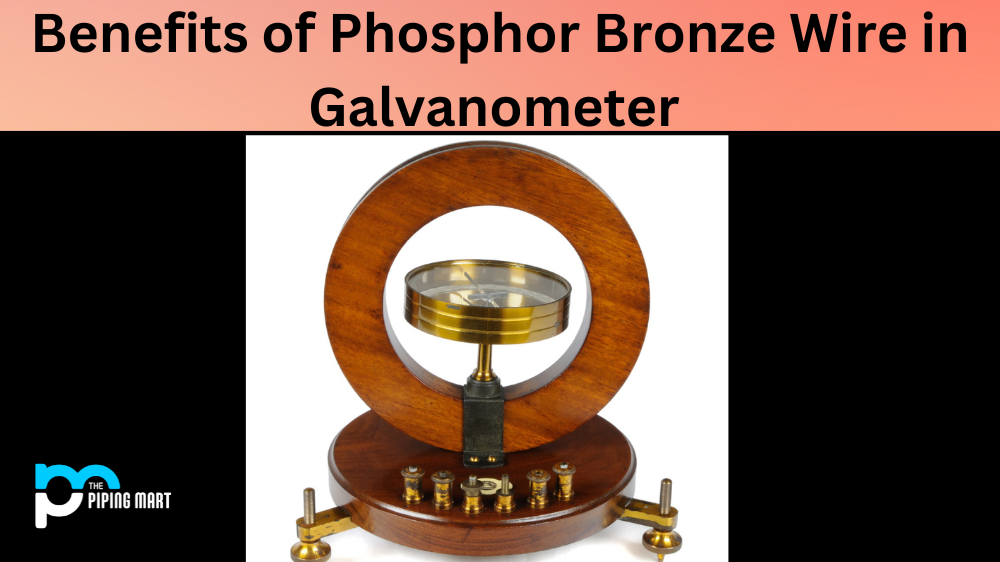Inconel 600 and 601 are both members of the same family of nickel-chromium-iron alloys, but there are several differences that set them apart. In order to determine which alloy is best for a given application, it’s important to understand how these two alloys differ in terms of composition, mechanical properties, and corrosion resistance. Let’s take a closer look.
What is Inconel 600?
Inconel 600 is a nickel-chromium alloy that is used in a variety of applications where corrosion resistance and heat resistance are required. The alloy has excellent mechanical properties and can be fabricated into parts that are resistant to high temperatures and corrosive environments. Inconel 600 is also non-magnetic and has a low coefficient of thermal expansion.
What is Inconel 601?
Inconel 601 is a nickel-chromium-iron alloy that is used in a variety of applications where corrosion resistance and heat resistance are required. The alloy has excellent mechanical properties and can be fabricated into parts that are resistant to high temperatures and corrosive environments. Inconel 601 is also non-magnetic and has a low coefficient of thermal expansion.
Difference Between Inconel 600 and 601
Composition
Inconel 600 is composed primarily of nickel and chromium, with small amounts of iron, manganese, carbon, sulfur, silicon, and other elements added for specific properties. Inconel 601 adds aluminum to this mix. This increases its strength at high temperatures compared to its counterpart. Additionally, the combination of aluminum and iron gives the material better oxidation resistance than Inconel 600.
Mechanical Properties
Inconel 600 has higher tensile strength than 601 due to its higher nickel content. Although both materials exhibit good creep resistance in elevated temperatures up to 1400°F (760°C), 601 can withstand much higher temperatures without becoming deformed or losing its mechanical properties. It also has better thermal conductivity than 600 under certain conditions.
Corrosion Resistance
In terms of corrosion resistance, both materials offer excellent protection against many different corrosive agents, such as acids, alkalis, and saltwater solutions. However, when subjected to oxidizing environments such as nitric acid or hydrochloric acid mixed with oxygen gas or air bubbles respectively, Inconel 601 offers superior corrosion protection compared to 600 due to its addition of aluminum into its composition, which helps form a protective oxide layer on the surface of the alloy more quickly than its counterpart does.
Composition
The main difference between Inconel 600 and 601 is their composition. Inconel 600 contains nickel, chromium, iron, manganese, silicon, carbon, and sulfur. Inconel 601 contains nickel, chromium, iron, aluminum, silicon, carbon, and sulfur.
Applications
Inconel 600 is typically used in chemical processing equipment, heat exchangers, and pressure vessels. Inconel 601 is typically used in jet engines, furnace parts, heat-treating baskets and trays, and chemical processing equipment.
Price
Inconel 600 is typically more expensive than Inconel 601 due to its higher nickel content.
Conclusion:
In conclusion, Inconel 600 and 601 are two very similar yet distinct alloys that serve different purposes depending on the needs of an application or project. The primary difference between them lies in their composition; Inconel 600 contains more nickel, while Inconel 601 has additional aluminum added for improved strength at high temperatures and greater oxidation resistance in certain conditions. Additionally, they have different mechanical properties; 600 exhibits a higher tensile strength, while 601 is able to withstand higher temperatures without deforming or losing its mechanical properties. They also have slightly different levels of corrosion resistance; while both provide excellent protection from most corrosive agents, Inconel 601 performs better in oxidizing environments such as nitric acid or hydrochloric acid mixed with oxygen gas or air bubbles, respectively. Knowing these distinctions will enable engineers and industrial professionals to make wise decisions when selecting an appropriate alloy for their projects or applications.

Abhishek is a seasoned blogger and industry expert, sharing his insights and knowledge on various topics. With his research, Abhishek offers valuable insights and tips for professionals and enthusiasts. Follow him for expert advice on the latest trends and developments in the metal industry.




